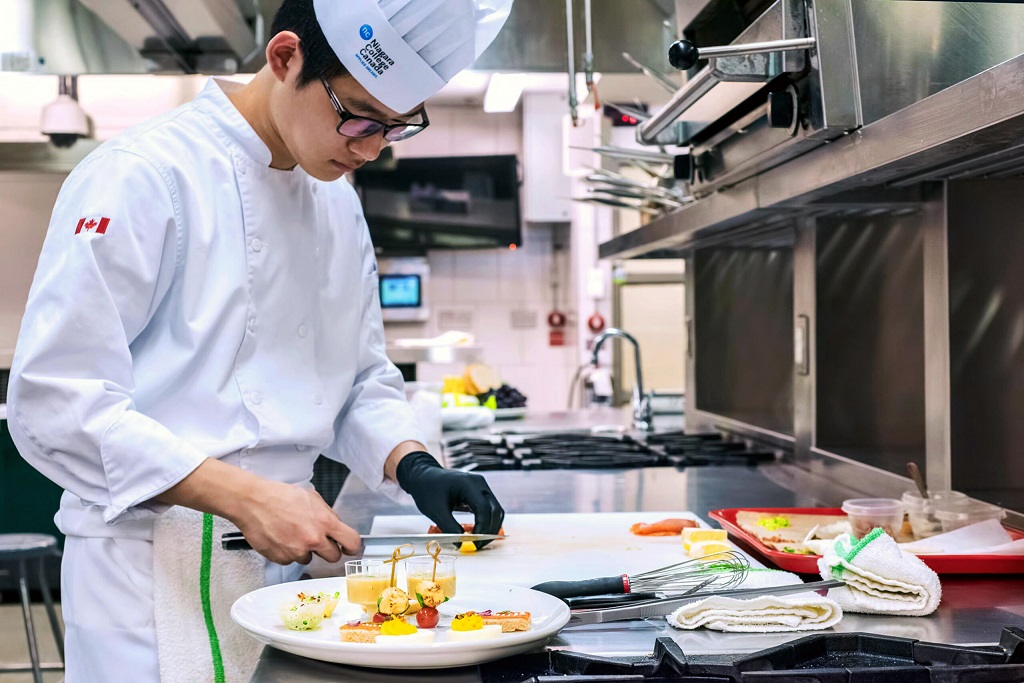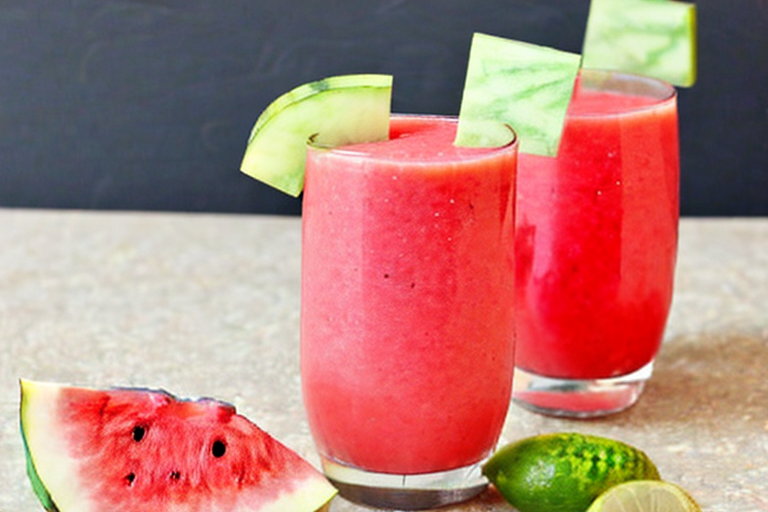Imagine a future where personalized meals materialize from a machine at the touch of a button. While it may sound like science fiction, 3D food printing is rapidly evolving, blurring the lines between culinary creativity and technological innovation. But can this technology truly revolutionize the way we cook and eat? Let’s delve into the world of 3D food printing, exploring its potential benefits, limitations, and the exciting possibilities it holds for the future of food.
From Pixels to Plates: Understanding the 3D Food Printing Process
Similar to traditional 3D printing, 3D food printing works by depositing layers of material to create a three-dimensional object. In this case, the “ink” is food material, typically in the form of:
- Powders: Ingredients like flour, sugar, and starches can be used to create intricate structures.
- Liquids: Purees, pastes, and gels made from various foods offer more flexibility in design and texture.
- Combinations: Often, a combination of powders and liquids is used to achieve the desired texture and detail.
The printing process is controlled by a computer-aided design (CAD) file, which instructs the printer on how to deposit the layers. This allows for precise control over the shape, size, and even color of the food being printed.
A World of Possibilities: Potential Benefits of 3D Food Printing
The potential applications of 3D food printing extend far beyond novelty shapes and gimmicks. Here’s how it could revolutionize the culinary landscape:
-
Personalized Nutrition: 3D food printing can be used to create customized meals that cater to specific dietary needs and preferences. Imagine printing meals with precise calorie counts, tailored nutrient profiles, or specific allergies in mind.
-
Enhanced Food Design: 3D printing opens doors to artistic food presentation and intricate designs. Chefs can create visually stunning dishes with complex structures, elevating the dining experience.
-
Reduced Food Waste: The precise nature of 3D printing allows for the efficient use of food materials, minimizing waste generated during traditional food preparation.
-
Space Food Revolution: 3D printing can be a game-changer in space exploration. Astronauts could have access to nutritious, personalized meals printed on demand, addressing the challenges of limited storage and repetitive space food.
-
Applications in Healthcare: 3D food printing can be used to create easy-to-eat, visually appealing meals for patients with dysphagia (swallowing difficulties). This technology could also be used to develop specialized diets for various medical conditions.
Beyond the Hype: Current Limitations and Challenges
While the potential of 3D food printing is vast, there are some limitations and challenges to consider:
-
Taste and Texture: Current technology can struggle to replicate the complex textures and flavors of traditionally prepared food. Printed food may lack the sensory experience of a well-cooked meal.
-
Limited Material Options: The variety of food materials suitable for 3D printing is still evolving. While basic ingredients are readily available, replicating the full spectrum of textures and flavors remains a challenge.
-
Cost and Accessibility: 3D food printers are currently expensive, hindering widespread adoption in home kitchens. Additionally, the technology requires a certain level of technical knowledge to operate effectively.
-
Safety Concerns: The long-term safety of consuming 3D-printed food needs further research. Potential concerns include bacterial contamination and the use of additives to enhance printability.
Looking Ahead: The Future of Food Printing Technology
Despite the current limitations, significant advancements are being made in 3D food printing technology. Here’s a glimpse into what the future might hold:
-
Advanced Printing Techniques: Innovations in 3D printing technology could overcome limitations in texture and flavor by incorporating techniques like bioprinting and multi-material printing.
-
Bioprinting for Personalized Nutrition: Bioprinting could allow for the precise printing of cells and tissues, enabling the creation of personalized food with specific health benefits.
-
Rise of Home-Based 3D Food Printing: As the technology becomes more affordable and user-friendly, 3D food printers could become a household appliance, offering endless possibilities for personalized cooking experiences.
-
Integration with Artificial Intelligence: AI could play a role in recipe development for 3D printing, suggesting meals based on dietary needs and preferences. Imagine a future where AI personalizes your 3D-printed meal based on your health data and taste profile!

The Final Course: A Future of Culinary Creativity
3D food printing is still in its early stages, but its potential to revolutionize the way we cook and eat is undeniable. While it may not replace traditional cooking methods entirely, it holds immense promise for enhancing personalization, creativity, and efficiency in the kitchen. As the technology evolves, we can expect to see:
-
Fusion of Traditional and Technological Techniques: Imagine chefs using 3D printing to create intricate garnishes or personalized components for their dishes, elevating traditional culinary art with a touch of futuristic innovation.
-
A New Era of Food Education: 3D food printing can be a valuable tool in food education, allowing students to explore food science, nutrition, and 3D design principles in a fun and interactive way.
-
A More Sustainable Food System: With its potential to reduce food waste and create personalized portions, 3D printing could contribute to a more sustainable food system, minimizing environmental impact.
Related: How to Cut a Wedding Cake
The Future is on Your Plate: Embracing Innovation in Food
The future of food is a delicious blend of creativity, technology, and sustainability. 3D food printing is just one example of how innovation is transforming the culinary landscape. While there are challenges to overcome, the potential benefits are vast. As this technology continues to develop, we can look forward to a future where personalized nutrition, artistic food design, and reduced food waste become the norm. Whether you’re a seasoned chef or a curious home cook, keep an eye on the exciting evolution of 3D food printing, and prepare to be amazed by the possibilities it holds for the future of food!


